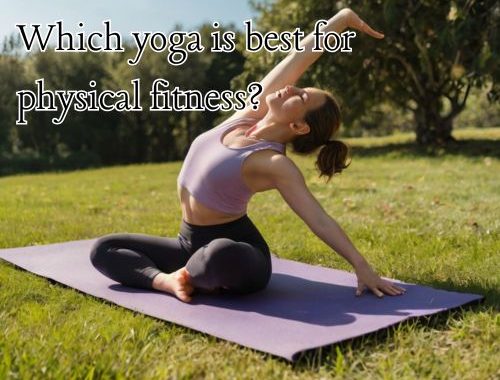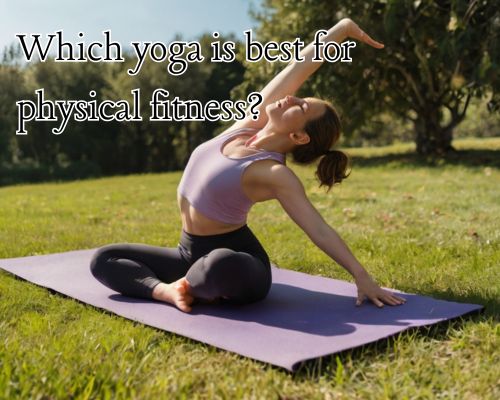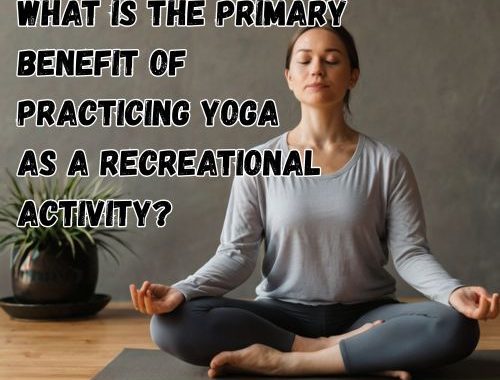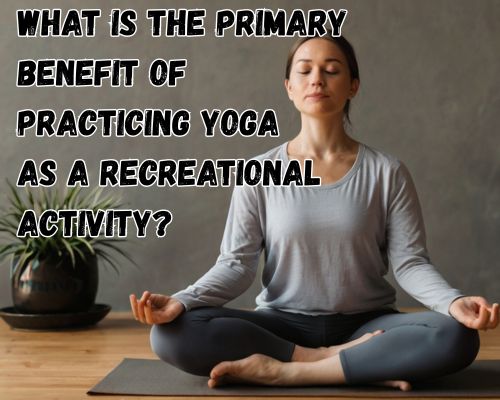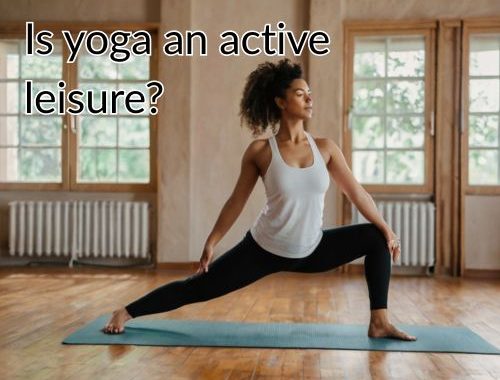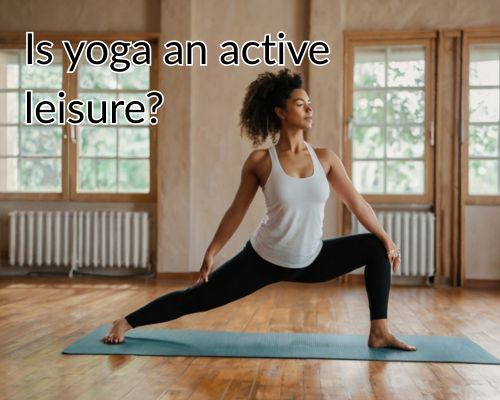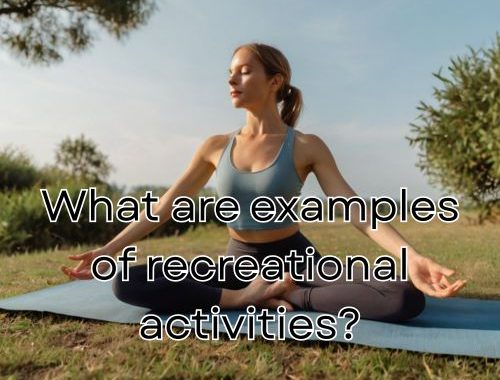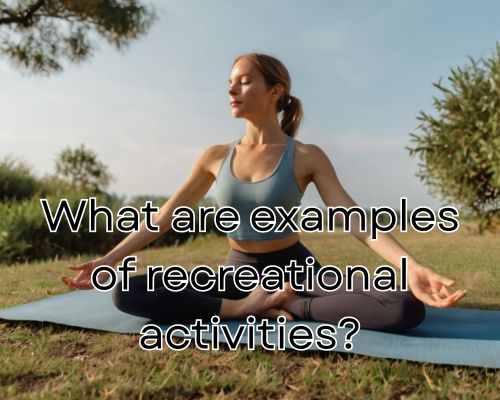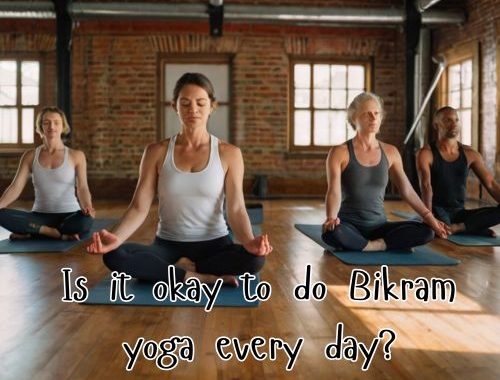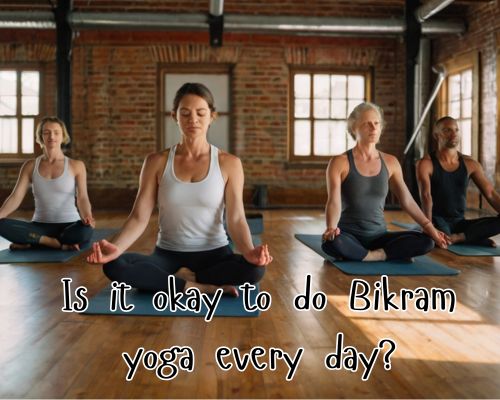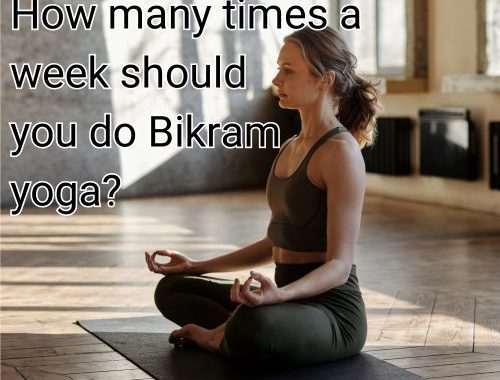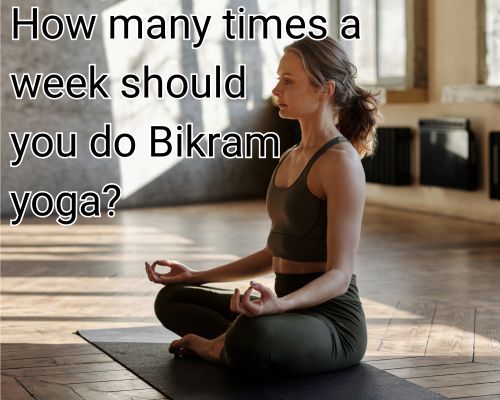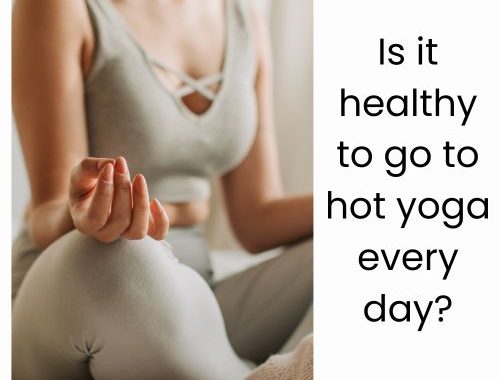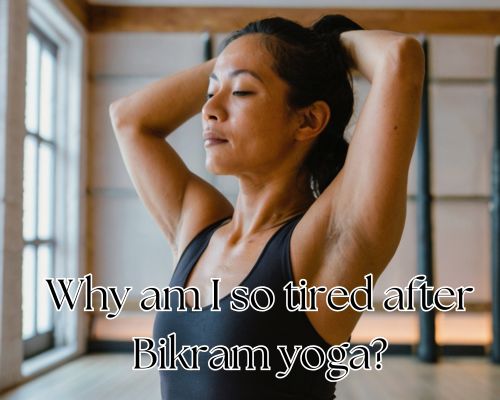Ultimate Guide to Moving from Michigan to Texas
Moving from Michigan to Texas is an exciting journey, but it can also be overwhelming if you don’t plan. Whether you’re relocating for work, family, or a fresh start, a well-organized move can make all the difference. This ultimate guide will provide expert tips, the best moving services, and practical advice to ensure your move is seamless.
Why You Should Consider Professional Movers
While DIY moves can save money, they can also be stressful and time-consuming, especially when moving long distances. Hiring a professional moving company can save you time and effort, allowing you to focus on settling into your new home. Professional movers handle everything from packing to loading and unloading, ensuring that your belongings are safely transported to Texas.
Essential Steps to Prepare for Your Michigan to Texas Move
To make your move as smooth as possible, here are some essential steps to follow:
- Create a Moving Checklist
- Start by creating a detailed checklist that outlines every task that needs to be done before, during, and after the move. This will help keep you organized and reduce stress.
- Downsize and Declutter
- Moving is the perfect time to get rid of things you no longer need. Sell, donate, or discard items you don’t want to bring with you. This will save time and money on packing and transporting unnecessary items.
- Research Moving Companies
- Start researching moving companies that specialize in long-distance moves. Look for reputable companies with positive reviews and experience moving people from Michigan to Texas.
- Gather Important Documents
- Ensure that all essential documents, such as identification, medical records, and moving contracts, are organized and readily accessible.
How to Choose the Best Moving Company for Your Relocation

Selecting the right moving company is crucial for a stress-free relocation. Here’s how you can choose the best one for your Michigan to Texas move:
- Reputation: Look for moving companies with a solid reputation, as indicated by positive customer reviews and ratings. Word of mouth and online reviews can help you determine the reliability of a company.
- Experience with Long-Distance Moves: Make sure the moving company has experience handling interstate relocations. They should be familiar with the logistics and requirements of long-distance moves.
- Services Offered: Choose a company that offers a range of services, including full packing, furniture disassembly, and storage options, to suit your specific needs.
- Insurance and Licensing: Verify that the company is licensed and insured. This will give you peace of mind that your belongings are protected during the move.
Moving Services That Make Your Transition Easier
A professional moving company can provide a range of services to make your move from Michigan to Texas smoother:
- Packing and Unpacking: Save time and effort by hiring movers who can pack your belongings efficiently using quality packing materials. They will also unpack for you at your new home.
- Loading and Unloading: Movers will handle all the heavy lifting, ensuring your belongings are safely loaded into the truck and unloaded at your new location.
- Storage Solutions: If you need temporary storage for your items, some companies offer climate-controlled storage units to keep your belongings safe and secure.
- Special Handling for Fragile Items: Movers can take extra care with fragile items, such as electronics or antiques, ensuring they are packed and transported safely.
Costs of Moving from Michigan to Texas
The cost of your move depends on several factors, including the distance, the amount of belongings, and the services you select. On average, a move from Michigan to Texas can cost between $2,000 and $5,000. Here’s how to manage costs:
- Compare Quotes: Always get at least three quotes from different moving companies to ensure you get the best deal.
- Move During Off-Peak Seasons: Consider moving during the fall or winter, when moving companies are less busy, and rates may be lower.
- Consider Packing Yourself: If you’re comfortable with it, packing some of your items yourself can save on packing services.
Tips for a Smooth Moving Day
The moving day itself can be hectic, but with a bit of planning, you can make the process go smoothly:
- Stay Available for Questions: Ensure you are readily available to answer any questions the movers may have throughout the day. Please provide them with clear instructions on where to place items in your new home.
- Keep Essentials Separate: Pack a box of essentials you’ll need immediately, such as toiletries, clothes, and important documents. Keep this box separate from the rest of your belongings.
- Do a Final Walkthrough: Before you leave your Michigan home, do a final walkthrough to ensure you haven’t forgotten anything. Check all rooms, closets, and storage areas.
Frequently Asked Questions (FAQs)
1. How long does it take to move from Michigan to Texas?
The move usually takes 4 to 7 days, depending on the specific locations, the moving company, and whether any delays occur.
2. What should I do if my items are damaged during the move?
Make sure you have moving insurance in place. If damage occurs, contact your moving company immediately to file a claim.
3. Do I need to pack everything myself?
No, many moving companies offer complete packing services to help you pack your belongings safely and securely. You can also choose to pack some items yourself to save on costs.
4. Can movers help with large or heavy items?
Yes, professional movers are trained to handle large and heavy items, such as furniture and appliances, ensuring they are transported safely and securely.
5. How can I reduce the cost of my move?
To reduce costs, consider moving during off-peak seasons, packing some items yourself, and downsizing before the move.

A move from Michigan to Texas can be an exciting new chapter, but it’s essential to be well-prepared. By following the tips in this guide and choosing the right moving company, you can make your relocation as smooth and stress-free as possible. With the proper planning, you’ll be ready to enjoy your new life in Texas sooner than you think!
Buzzmoving pairs you with reliable movers across the country, delivering expert and tailored moving services. Request a free quote today and enjoy personalized support throughout your move.

